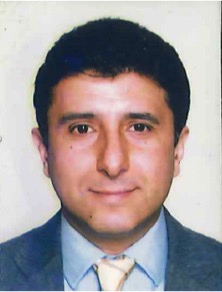
Inflammation is the normal immune response of vascularized tissues to damage and bacterial products, for which leukocyte transendothelial migration (TEM) is critical. The effects of cell-to-cell contact seen in both leukocyte and endothelial cells include cytoskeleton rearrangement, and dynamic expression of adhesion molecules and metalloproteinases. TEM induces expression of anti-apoptotic molecules, costimulatory molecules associated with antigen presentation, and pattern recognition receptors (PRR), such as TLR-4, in monocytes. However, little is known about how TLR-4 increment operates in monocytes during an inflammatory response. To understand it better, we used an in vitro model in which monocytes crossed a layer of IL-1β stimulated Human Umbilical Vein Endothelial Cells (HUVEC). After TEM, monocytes were tested for the secretion of inflammatory cytokines and chemokines, their phenotype (CD14, CD16, TLR-4 expression), and TLR-4 canonical [Nuclear Factor kappa B, (NF-κB) pathway] and non-canonical [p38, extracellular signal-regulated kinases (ERK) 1/2 pathway] signal transduction induced by lipopolysaccharide (LPS). Phagocytosis and bacterial clearance were also measured. There was diminished secretion of LPS-induced inflammatory cytokines (IL-1β, IL-6, and TNF-α) and higher secretion of chemokines (CXCL8/IL-8 and CCL2/MCP-1) in supernatant of TEM monocytes. These changes were accompanied by increases in TLR-4, CD14 (surfaces expression), p38, and ERK1/2 phosphorylated cytoplasmic forms, without affecting NF-κB activation. It also increased bacterial clearance after TEM by an O2 -independent mechanism. The data suggest that interaction between endothelial cells and monocytes fine-tunes the inflammatory response and promotes bacterial elimination. © 2015 International Federation for Cell Biology.









